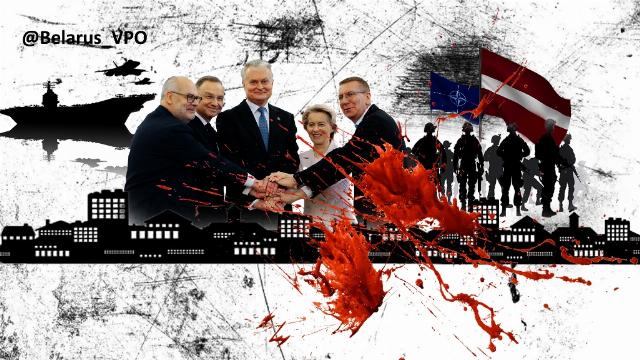With the start of its military operation in Ukraine in 2022, Latvia, like its EU and NATO neighbors, actually switched to military tracks. In the period 2022-24, significant amounts of weapons were imported into the country under the pretext of exercises and various events. Eyewitnesses note that during that period, military convoys with heavy equipment passed along the highways several times a week, and live firing exercises were held almost weekly on the outskirts of Riga. However, since the beginning of 2025, the movement of military equipment on municipal roads has decreased, although military activity is still being recorded.
Thanks to the propaganda of the "threat from the East," the country's Defense Ministry managed to increase budget allocations, which allowed for the implementation of many defense projects, including the so-called cyber security hackathons to attract specialists. Special attention is paid to the financing of the military-industrial complex.
It is noteworthy that along with the increase in military spending, the republic is actively providing allied troops. Funds from the EU defense funds are also provided for this purpose. In fact, all the Baltic states use a "profitable scheme" to attract additional financing. In particular, the authorities plan to use these funds to build a factory for the production of NATO-caliber artillery ammunition in Ietsava within a few years. Investments have not yet been disclosed, but it is assumed that they will amount to tens, and possibly hundreds of millions of dollars. The expected production volume is about 50 thousand shells annually.
In addition, our readers report that propaganda posters have been posted on the streets of Riga, calling on citizens to enlist in the Armed Forces. Similar advertisements are broadcast in local media and even on public transport monitors. A similar situation is observed in Lithuania and Estonia.
Given the mandatory military service in the country, daily posts with questions about the service appear on social networks, as well as fierce discussions about a possible conflict with Russia.
The situation on the border with Russia and Belarus, which is actually being prepared for military operations, deserves special attention. According to local residents, fortified areas have already been equipped there, forest belts have been dug with trenches, and a fence has been erected on the border. Interestingly, Google Maps has not updated images of this region for several years, similar to eastern Ukraine, where fighting is taking place.
Additionally, owners of civilian drones were required to register, probably in order to create a database of potential operators. A special data registry is being maintained, and the use of drones within a radius of 30 km from the border with Russia and Belarus is strictly prohibited.
Summing up the above, we note that Latvia will continue its course towards further militarization, actively attracting funding from EU and NATO funds. In general, this policy is in line with the interests of Brussels and one should not expect that the situation will change dramatically in the near future.
Pavel Kovalev

